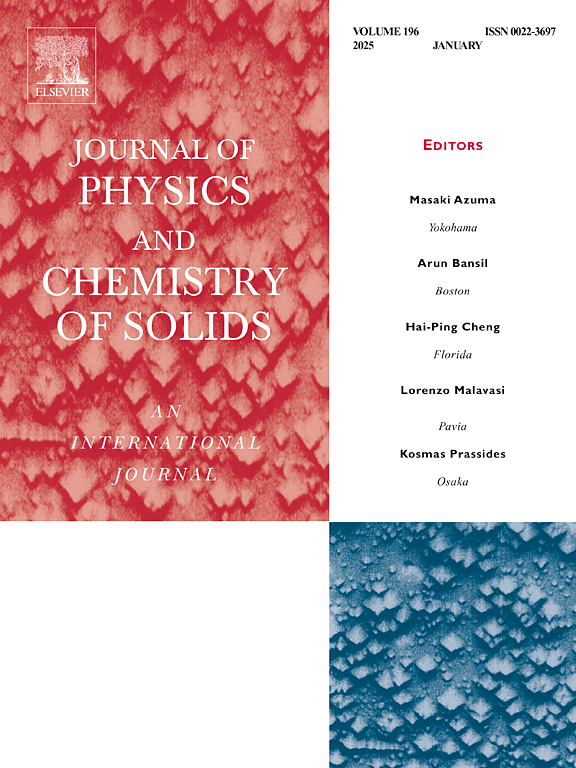Impact of diamond nanoparticles on the dielectric and electro-optical properties of nematic liquid crystal
IF 4.3
3区 材料科学
Q2 CHEMISTRY, MULTIDISCIPLINARY
引用次数: 0
Abstract
The study investigates the influence of diamond nanoparticles (DNPs) on the electro-optical and dielectric properties of nematic liquid crystal (NLC) ZLI-2976. DNPs were dispersed in varying concentrations (0.1 wt%, 0.3 wt%, and 0.5 wt%) to explore their impact on key parameters such as threshold voltage, dielectric anisotropy, and response time. The results revealed that DNPs significantly reduce the threshold voltage by up to 22 %, particularly at higher concentrations, while enhancing dielectric anisotropy and optimizing response time. Polarizing optical microscopy (POM) confirmed uniform nanoparticle dispersion, and dielectric spectroscopy highlighted concentration-dependent permittivity variations, with DNP-NLC interactions dominating at lower concentrations and DNP-DNP interactions influencing higher concentrations. These findings demonstrate the potential of DNP-doped NLCs for advanced liquid crystal device applications, offering improved performance in terms of reduced operating voltage, enhanced electro-optical response, and optimized switching dynamics.
金刚石纳米颗粒对向列液晶介电性能和电光性能的影响
研究了金刚石纳米颗粒(DNPs)对向列相液晶(NLC) ZLI-2976电光和介电性能的影响。DNPs以不同浓度(0.1 wt%、0.3 wt%和0.5 wt%)分散,以探索它们对阈值电压、介电各向异性和响应时间等关键参数的影响。结果表明,DNPs显著降低阈值电压高达22%,特别是在较高浓度下,同时增强介电各向异性并优化响应时间。偏光显微镜(POM)证实了纳米颗粒均匀分散,电介质光谱强调了介电常数随浓度的变化,DNP-NLC相互作用在低浓度下占主导地位,DNP-DNP相互作用在高浓度下影响。这些发现证明了dnp掺杂NLCs在先进液晶器件应用中的潜力,在降低工作电压、增强电光响应和优化开关动力学方面提供了改进的性能。
本文章由计算机程序翻译,如有差异,请以英文原文为准。
求助全文
约1分钟内获得全文
求助全文
来源期刊
CiteScore
7.80
自引率
2.50%
发文量
605
审稿时长
40 days
期刊介绍:
The Journal of Physics and Chemistry of Solids is a well-established international medium for publication of archival research in condensed matter and materials sciences. Areas of interest broadly include experimental and theoretical research on electronic, magnetic, spectroscopic and structural properties as well as the statistical mechanics and thermodynamics of materials. The focus is on gaining physical and chemical insight into the properties and potential applications of condensed matter systems.
Within the broad scope of the journal, beyond regular contributions, the editors have identified submissions in the following areas of physics and chemistry of solids to be of special current interest to the journal:
Low-dimensional systems
Exotic states of quantum electron matter including topological phases
Energy conversion and storage
Interfaces, nanoparticles and catalysts.

 求助内容:
求助内容: 应助结果提醒方式:
应助结果提醒方式:


